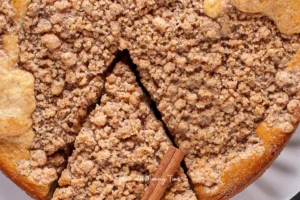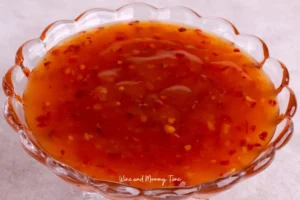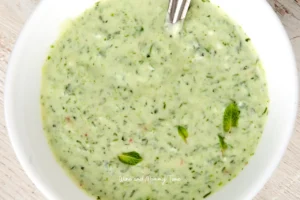Subscribe to get Weekly delicious and simple recipes to your inbox
Fun Exotic Fruit Taste Test
My daughter came across an exotic fruit section at our local Sprouts Farmer’s Market. She was amazed by the different colors, textures, and shapes. Most of them were fruits she had never tried before. I told her to choose some so that we could do an exotic fruit taste test. Excited, she carefully chose 5 that caught her eye the most. As a homeschool mom, and parent in general, I’m always looking for ways to make things educational. Taste-testing exotic fruits would be fun and lead us to add some healthy foods to our diet that we’d never tried before. Schooling while snacking, what could be better?
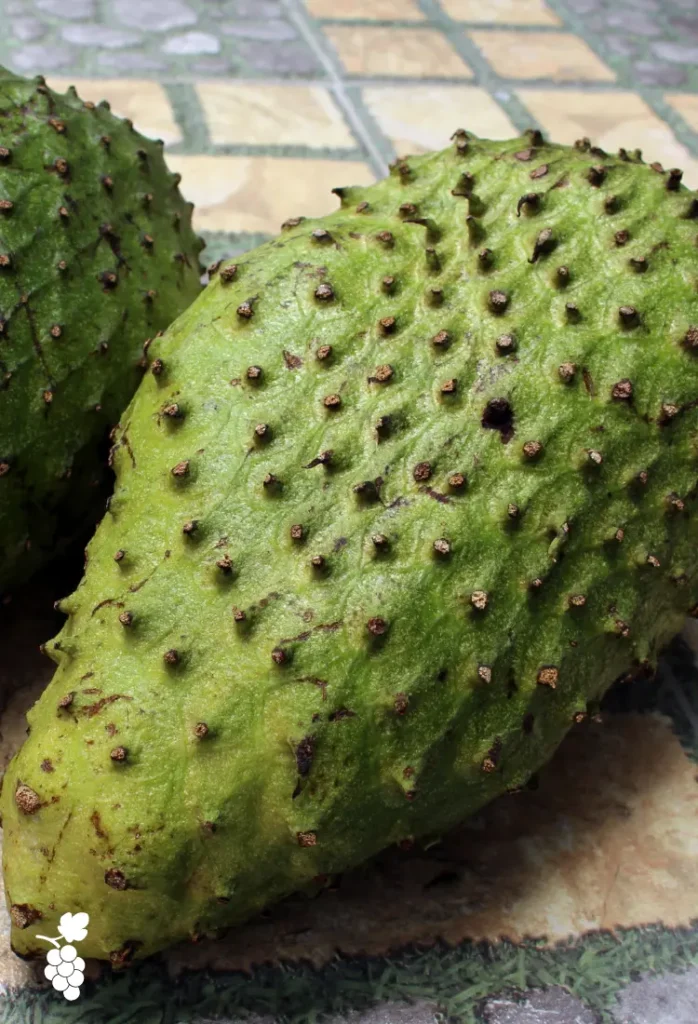
THE FRUITS WE TRIED
Learning each fruit’s name was an important part of our lesson. We also learned where each fruit is grown, and some health benefits.
- Starfruit is vibrant with an awesome star-like appearance. It grows on fruit trees in India, Indonesia, Malaysia, Nepal, the Philippines, and Vietnam. It’s loaded with fiber, antioxidants, and vitamin C.
- Kiwano melon or horned melon, is bright orange and covered in horns. The appearance is a little intimidating and it will poke the heck out of your hand if you’re not careful. It grows primarily in central and southern Africa. The horned melon has essential vitamins and minerals and helps with hydration because it’s composed primarily of water.
- Red Cactus pear is another poky fruit that is native to Mexico and the Americas. Prickly pears are high in vitamin c, fiber, and magnesium.
- Yellow dragon fruit is bright yellow on the outside, and white with black seeds on the inside. You’ll find this fruit growing in Ecuador, Columbia, and some parts of South America. It boasts a lot of health benefits, like being a rich source of fiber, prebiotics, and anti-inflammatory Omega-3 fatty acids.
- Last but not least of the fruits we tried was passion fruit. The outside of this fruit is weird because it’s tough and wrinkly. Even though they’re tropical, they can survive in sub-tropical climates and are grown all over the globe. Passion fruit has been shown to be higher in polyphenols than other tropical fruits, and is also a great source of fiber, vitamin C, and vitamin A.
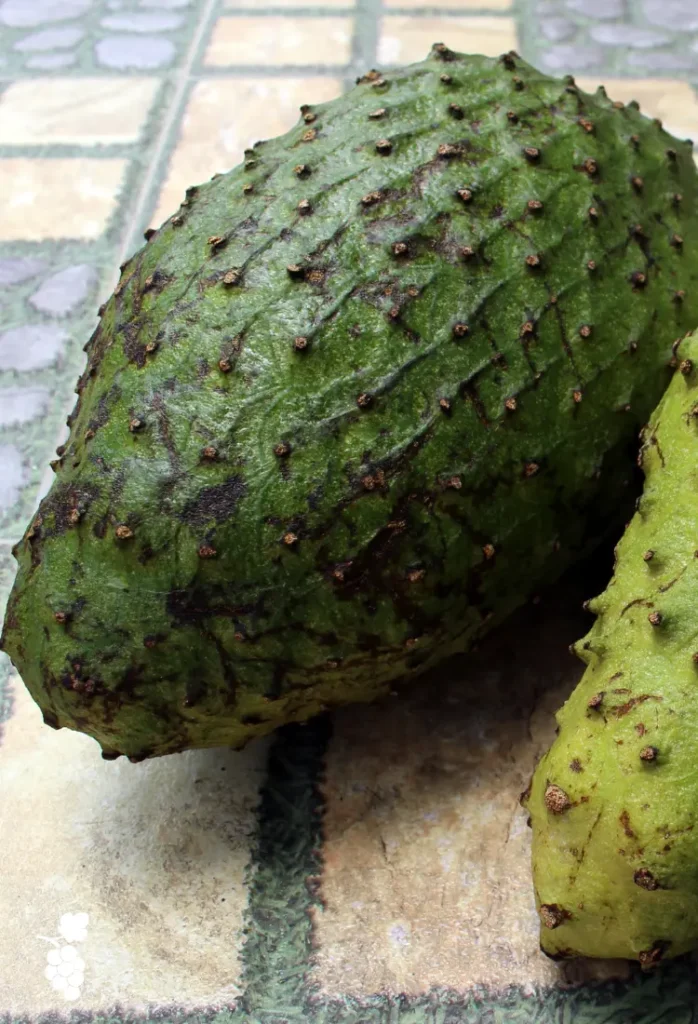
TASTE TESTING EXOTIC FRUITS
I decided to surprise my daughter with one of our taste-test fruits with her Bentgo lunch box every day. I put it alongside familiar fruits so she would have another option in case she didn’t like our test subject. She described the flavor and texture of the surprise fruit each day and decided whether she would eat it again in the future. In the end, taste-testing exotic fruits was a success. She enjoyed 3 out of the 5 that we tried and we have already added those 3 to our grocery list a few times.
EXTRA ACTIVITIES
The exotic fruit taste test can be structured in a lot of different ways. For example, rather than offer fruit each day with lunch, you could do a blindfolded taste test.
Kids can write about flavors and textures of what they tried, or describe it verbally.
Got a map or globe? Make a geography lesson out of it, and find the places where your exotic fruits grow.
Take it a step further if you want and look at the climate required to grow each fruit.
Finally, learn about some of the cultures surrounding the exotic fruits. What dishes are they traditionally used in? Do the fruits have any unique uses?
Looking for more educational activities? Check out the Solar System Poster Project!


